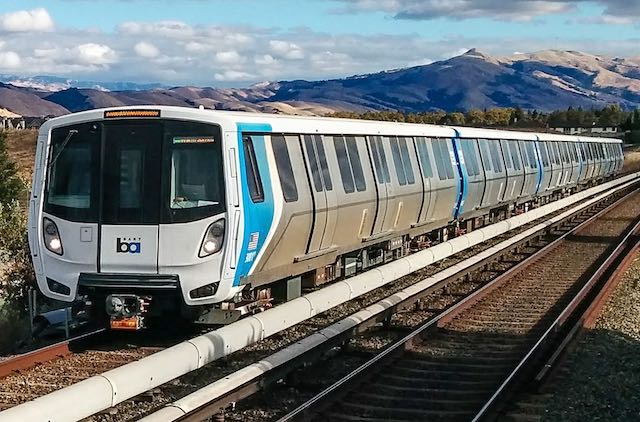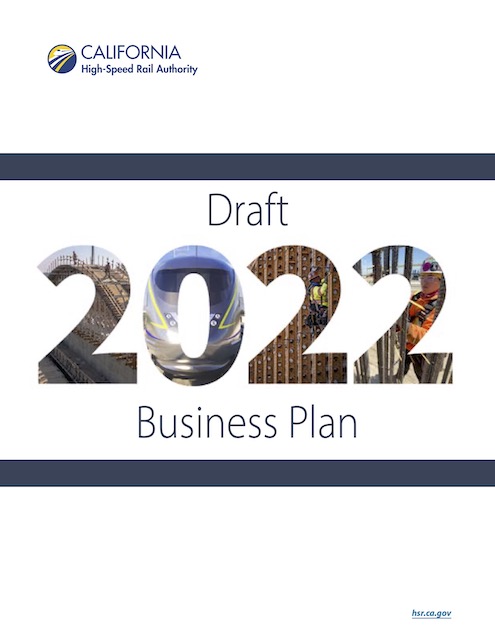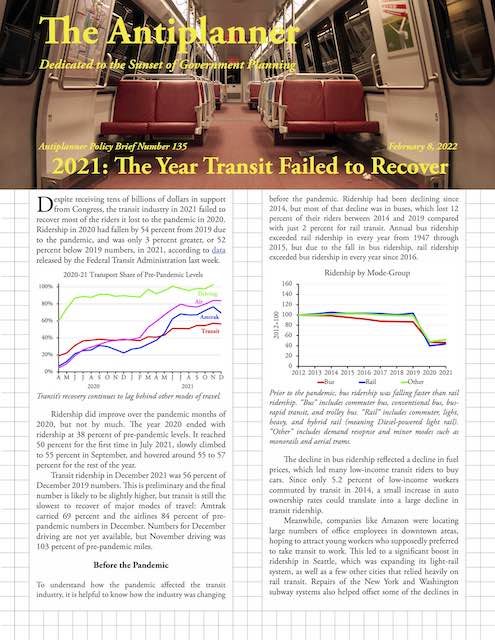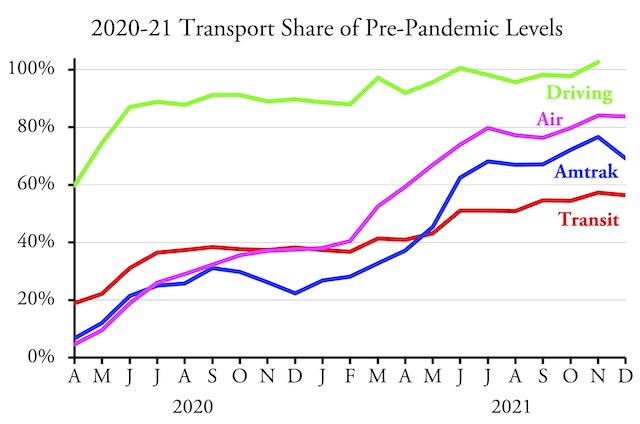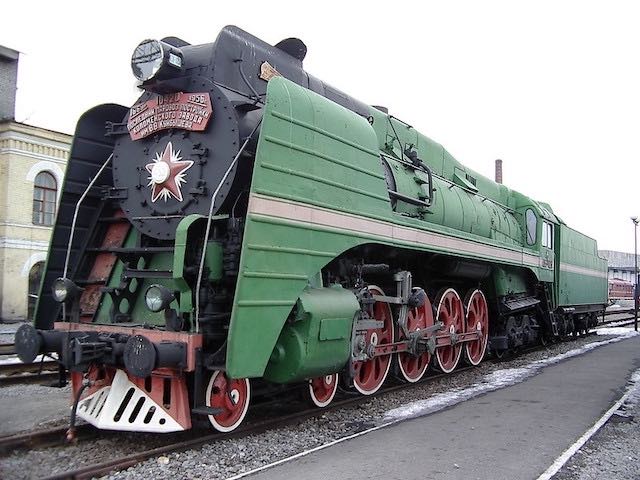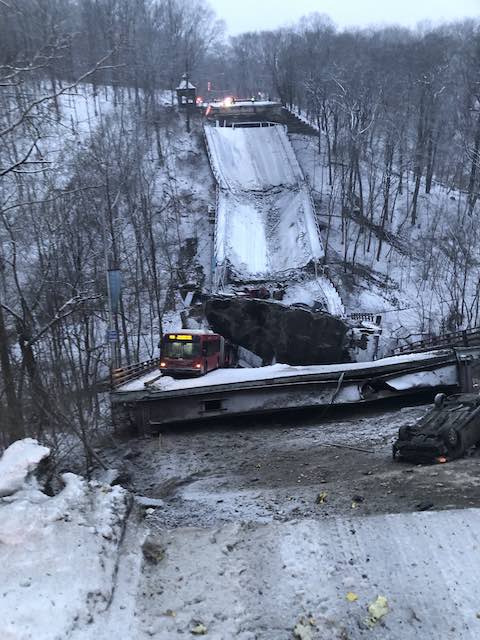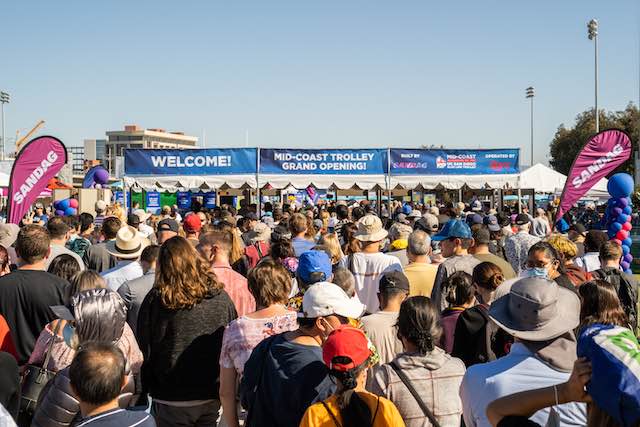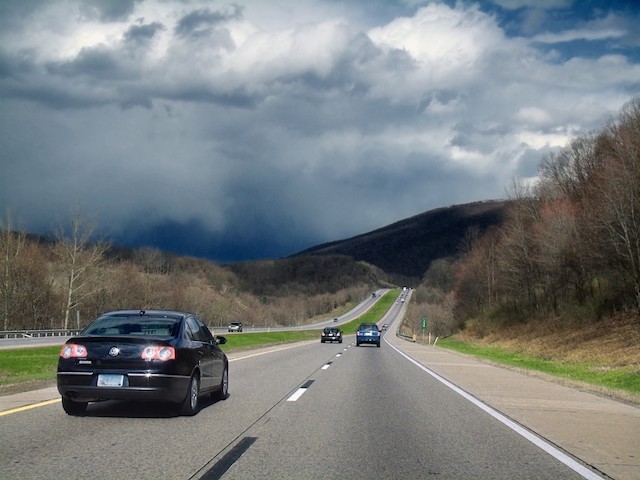The San Francisco Bay Area Rapid Transit District (BART) says that its financial outlook is “grim” and it may have to ask voters for a tax increase to keep running. As of December, BART was still carrying just 25 percent as many passengers as it carried before the pandemic.
BART spent nearly $2 million apiece on 775 of these railcars, which first went into service in 2018. In December 2020, BART halted delivery on the new cars because they were so unreliable.
In a presentation to the agency’s board of directors, staff noted that Congress had given $1.3 billion in COVID relief funds. It has used just about half of that and is burning through the rest at a rate of $25 million a month. At that rate, it has enough to keep going for about two more years. Continue reading

